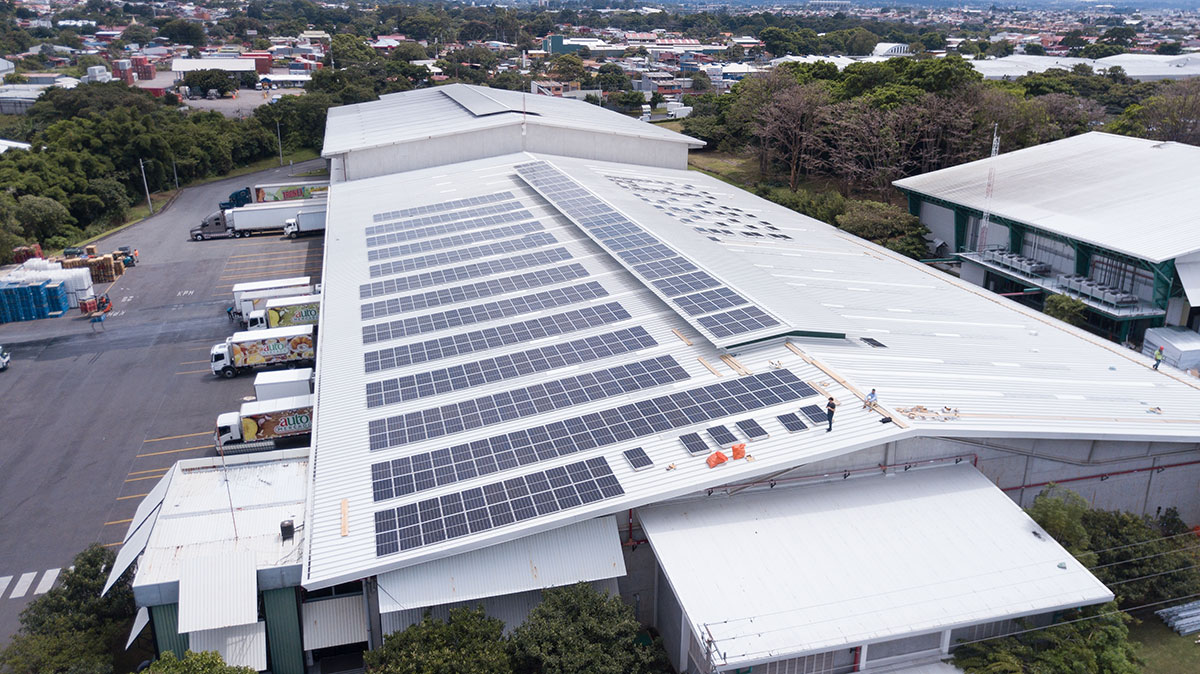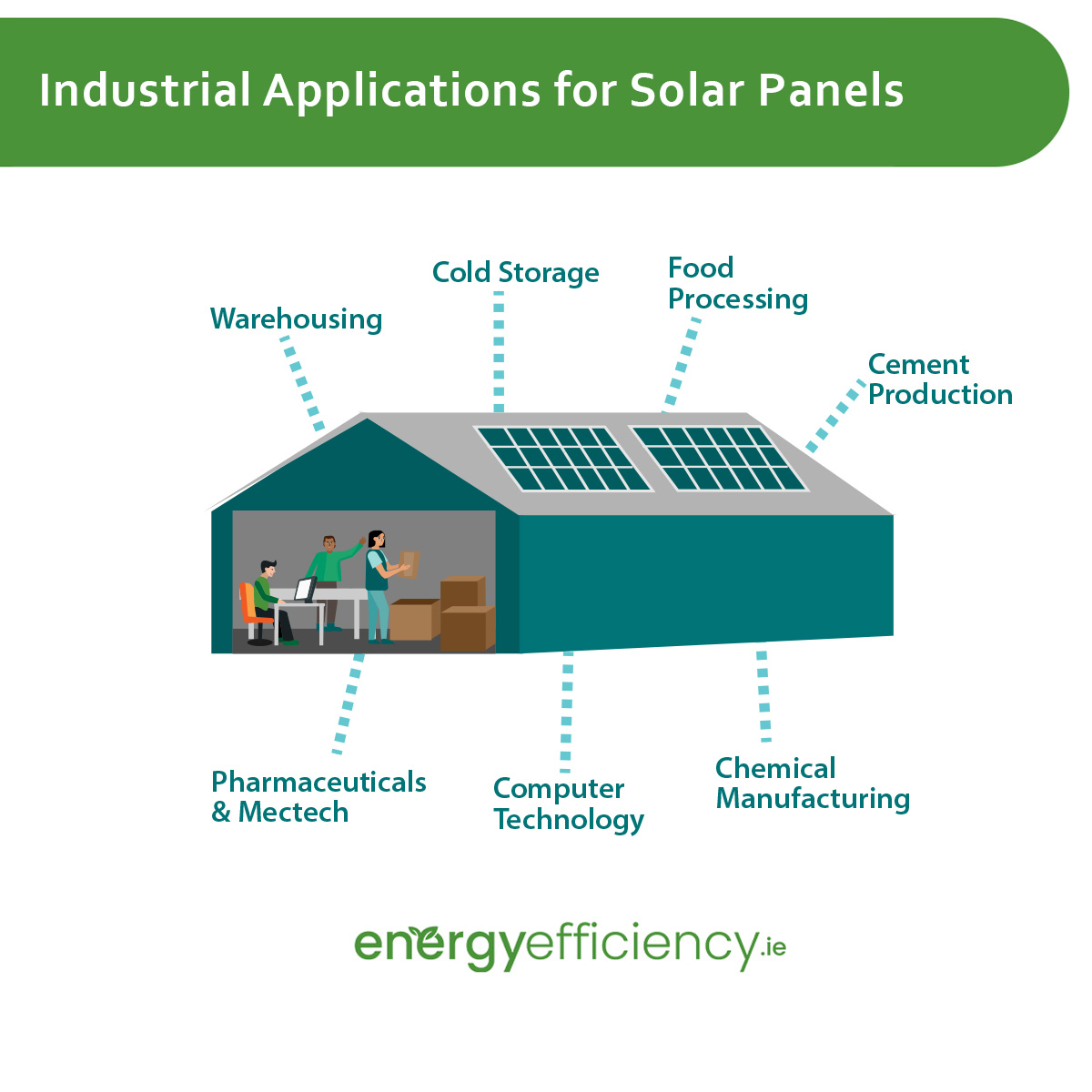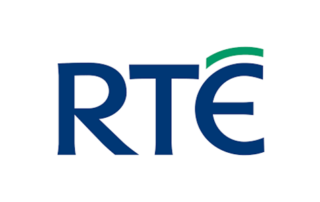Manufacturing and Industrial businesses can save thousands of euros on their electricity bills each year by having solar panels installed while also reducing their carbon footprint.
Industrial buildings are typically well suited for solar PV due to their large, flat surface area which aids with installation.
Solar panels can be used in a wide array of industrial and manufacturing facilities for multiple applications including electricity, climate control, and industrial processes.
With the cost of solar panels falling rapidly in recent years, and with greater public concern about whether businesses are operating sustainably, commercial solar panels are becoming more and more prevalent.

The key takeaways:
Table of Content
Warehouses and Factories are Suitable for Solar Panels
Factories, warehouses and other buildings in Industrial and Manufacturing uses are ideal for installing solar panels due to their size and shape.
These facilities typically consist of large, flat roofed buildings with a large amount of surface area for installing solar panels which can be easily angled to be south facing for the greatest output.
Industrial Applications for Solar Panels
Large scale industrial and manufacturing buildings such as warehouses and factories use a lot of electricity for lighting, heating and cooling, as well as operating the equipment associated with their subsector.
This leaves a broad range of manufacturing and logistics industries which can benefit from solar panels including, but not limited to:

Can factories run on solar power?
Solar Panels can provide a large portion of the electricity used in industrial or manufacturing facilities, or even all of it depending on a number of factors.
Different types of facilities will have far different levels of electricity usage, from low-intensity buildings such as warehouses, to high-energy consumers such as cement production.
The amount of power which a solar PV array will generate for an industrial facility will vary from month to month. This makes it easier to calculate an average annual output, and the associated savings.
| Solar PV System Size | Annual Power Output | Annual Savings |
| 10kWp | 8,700kWh | €3,117 |
| 20kWp | 17,300kWh | €6,199 |
| 30kWp | 26,000kWh | €9,315 |
| 50kWp | 43,300kWh | €15,514 |
| 100kWp | 86,600kWh | €31,028 |
| 150kWp | 130,000kWh | €46,579 |
| 200kWp | 173,300kWh | €62,093 |
| 300kWp | 260,000kWh | €93,158 |
| 500kWp | 433,300kWh | €155,251 |
Estimates assume south-facing solar panels with a 30° inclination. Savings based on Electric Ireland 35.83c per kWh 24-hr rate.
These figures are estimates and the exact output will vary depending on the location and orientation of the solar panels, and where in the country the facility is located.
This can result in huge savings in areas where electricity makes up a major part of an industry’s operating costs.
Warehouses, for example, spend about 15% of their operating costs on energy for lighting and heating, whether that is through all electricity or a mix of electricity and gas. Solar Panels can potentially shoulder the majority of that cost, with huge savings.
How many solar panels are needed for an industrial building?
The amount of solar panels needed for a factory or industrial building will depend on its size and electricity requirements. Manufacturing and industrial facilities can also have greatly varying electricity consumption depending on their usage.
Different types of businesses in manufacturing and industrial usage will have different types of equipment and processes, all of which will use varying amounts of electricity. This makes it very difficult to provide estimates without assessing an individual site.
There is also the question of how much roof space is available to install solar panels on. For instance, a 50kWp solar PV system would typically consist of approximately 125 solar panels covering an area of roughly 215m².
However, the exact number of solar panels needed and the area they cover will depend on the power of the panels.
The majority of domestic and commercial solar panel systems would typically have a strength of 400W – 440W with an area of 1.7m x 1.1 approximately, such as the Bauer Glass-Glass bifacial modules.
Larger systems installed on flat roofed industrial premises may also make use of larger and more powerful types of solar panels. More powerful solar panels can go up to 550W – 650W in strength and have dimensions of approximately 2.5m x 1.1m.
Cost of Solar Panels for Factories and Warehouses
Solar Panels for Commercial and Industrial use typically cost between €1,200 and €1,700 per kWp. These prices will vary depending on the nature of the site and other installation factors.
The cost will vary massively depending on the size of the factory or warehouse, and how energy intensive the specific subsector is. This makes it difficult to give cost estimates except on a case by case basis.
Solar Panel Installation on Factories & Warehouses
How long it takes to install solar panels on a factory or other industrial building will depend on the size of the solar PV system and other factors.
For installations consisting of 20 or so solar panels being installed on a small business, the installation could take place in a single day, similar to domestic solar systems.
However, for larger businesses or factories, the process might take weeks or even months to design and install depending on multiple technical and logistical factors.
Grants for Commercial Solar Panels
Grants of up to €162,000 are available from the SEAI, with more available from other sources for solar panels for industrial and commercial buildings to help with the installation of solar panels.
There are other sources of financial assistance for installing commercial solar panels available from the SEAI, Revenue Commissioners, and more.
Tariffs for Commercial Solar Power
Businesses with solar panels installed can benefit from selling excess electricity they generate back to the grid in a manner similar to residential solar PV systems.
There are two main schemes which may apply for excess solar energy generated by commercial premises, The Microgeneration Support Scheme and the Small-Scale Renewable Electricity Support Scheme.
Which scheme is applicable will depend on the size of the solar PV system installed on the factory or warehouse.
Why is Solar Power Important for the Industrial Sector
Having solar panels installed on industrial and manufacturing facilities is important due to the high level of Ireland’s electricity which is used in the industrial sector.
In 2022 the Industry sector used 6.86TWh of the electricity consumed in Ireland, This is 22.3% of the country’s total electricity usage that year, exceeded only by the Residential and Transport sectors.
Electricity consumption alone accounted for nearly 6 million tonnes of CO2 emissions from the industry sector in 2022, more than half of the sector’s total emissions. These environmental factors make it extremely important to encourage the growth of renewable energy in the industrial sector.
Get in Touch
Contact us to learn about how solar power can help your business to save more and become more sustainable today.









